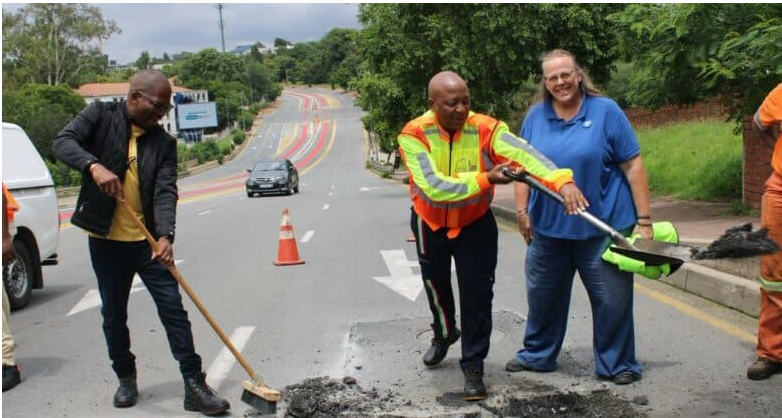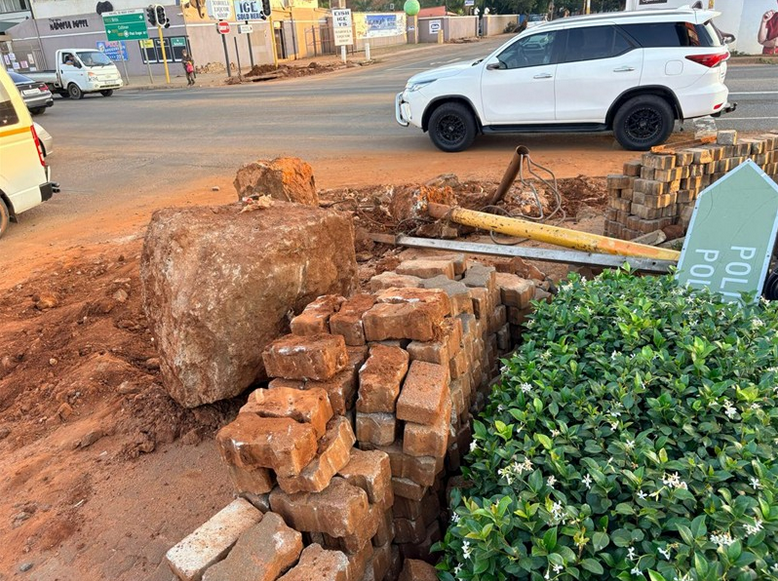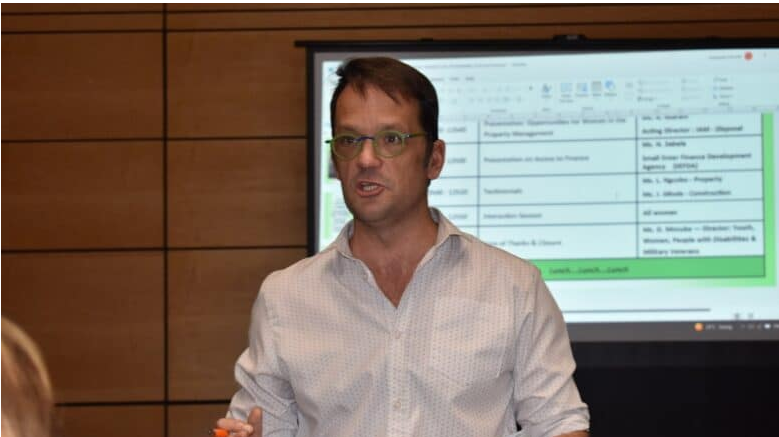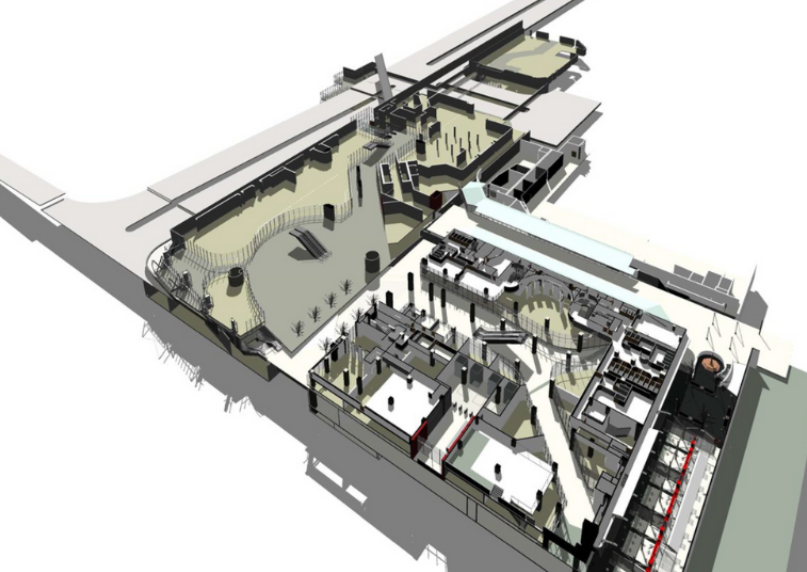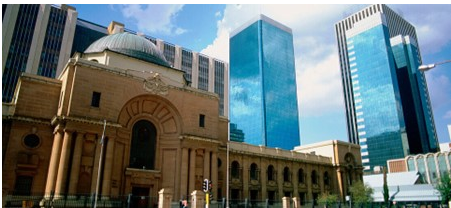By independent power producers, and none by Eskom.
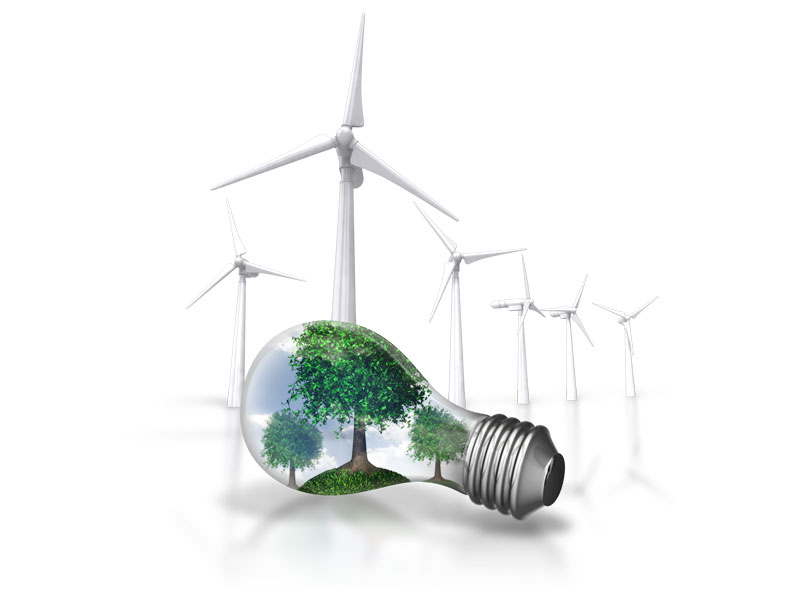
Advertising
26-03-2020
Read : 417 times
Moneyweb
Source
By independent power producers, and none by Eskom.
Friday saw the National Energy Regulator of South Africa (Nersa) publish two draft determinations by Mineral Resources and Energy Minister Gwede Mantashe in terms of Section 34 (1) of the Electricity Regulation Act.
These so-called draft ‘S34 determinations’ are the first step in the process of procurement of new electricity generation capacity in South Africa, totalling some 13 813 megawatts (MW) from independent power producers (IPPs).
The first draft S34 determination relates to the procurement of 2 000MW of new generation capacity between 2019 and 2022, and the second draft S34 determination to the procurement of a further 11 813MW between 2022 and 2027.
These determinations begin the procurement process after the gazetting of the South African national integrated resource plan (IRP) for electricity, 2019 on November 18, 2019.
The determinations were submitted to Nersa by the minister on February 21 for “concurrence” by the energy regulator.
A high court judgment in April 2017 ruled that in terms of the Electricity Regulation Act and the Promotion of Administrative Justice Act, Nersa is required to concur with the draft determinations, following a public consultation process, before they become final and are gazetted.
The public consultation process commenced after Nersa published two consultation papers on March 18. These call for public comment and input on the two draft S34 determinations issued by Mantashe by April 14 and May 7 respectively.
Nersa now ‘requires’ more time
Despite the current electricity supply emergency, which has resulted in up to Stage 6 (6 000MW) load shedding in SA, Nersa has indicated that now, more than a month since receiving the draft S34 determinations, it will require a further three months to concur with the first S34 determination, and six months for the second.
Nersa did not seem to get the message from Mantashe when he said recently: “Officials in the department are used to working according to rules, where it takes three months to do this, or six months to do that. The situation we are in requires a change of approach. That’s why we are engaging with Nersa and everybody to say: ‘Guys, let’s accelerate processes, because if we don’t, we are going to be plunged into darkness’.”
The Department of Mineral Resources and Energy (DMRE) and Nersa are coming under increasing pressure and criticism for the snail’s pace of their bureaucratic processes and decisions. The energy regulator refutes this criticism and says that: “Nersa is cognisant of the urgency of the request [for concurrence] as evidenced by the proposed fast-tracked concurrence process in the consultation papers.”
Tendering procedures
The draft S34 determinations indicate that electricity produced from the new generation capacity will be procured from IPPs “through one or more tendering procedures which are fair, transparent, competitive and cost effective”.
The electricity procured from IPPs by the DMRE in terms of the draft S34 determinations may only be sold to Eskom as the designated buyer of the electricity, in accordance with power purchase agreements (PPAs) concluded in the course of the procurement programmes.
Recent statements by the ministers of public enterprises and mineral resources and energy have indicated that Eskom should not be excluded from building, owning and operating new renewable energy generation capacity. However, the draft Section 34 determinations indicate that all new generation capacity up to 2027 – wind, solar, energy storage, gas and coal-fired – will come from IPPs. None of the new generation capacity will come from Eskom itself.
This is a big shift away from the current Eskom monopoly, towards a more diversified electricity supply industry.
It also represents a significant diversification away from South Africa’s overdependence on coal as the primary energy for power generation, which currently stands at about 80% of the total electricity generated in South Africa.
Recent News
Here are recent news articles from the Building and Construction Industry.
Have you signed up for your free copy yet?
